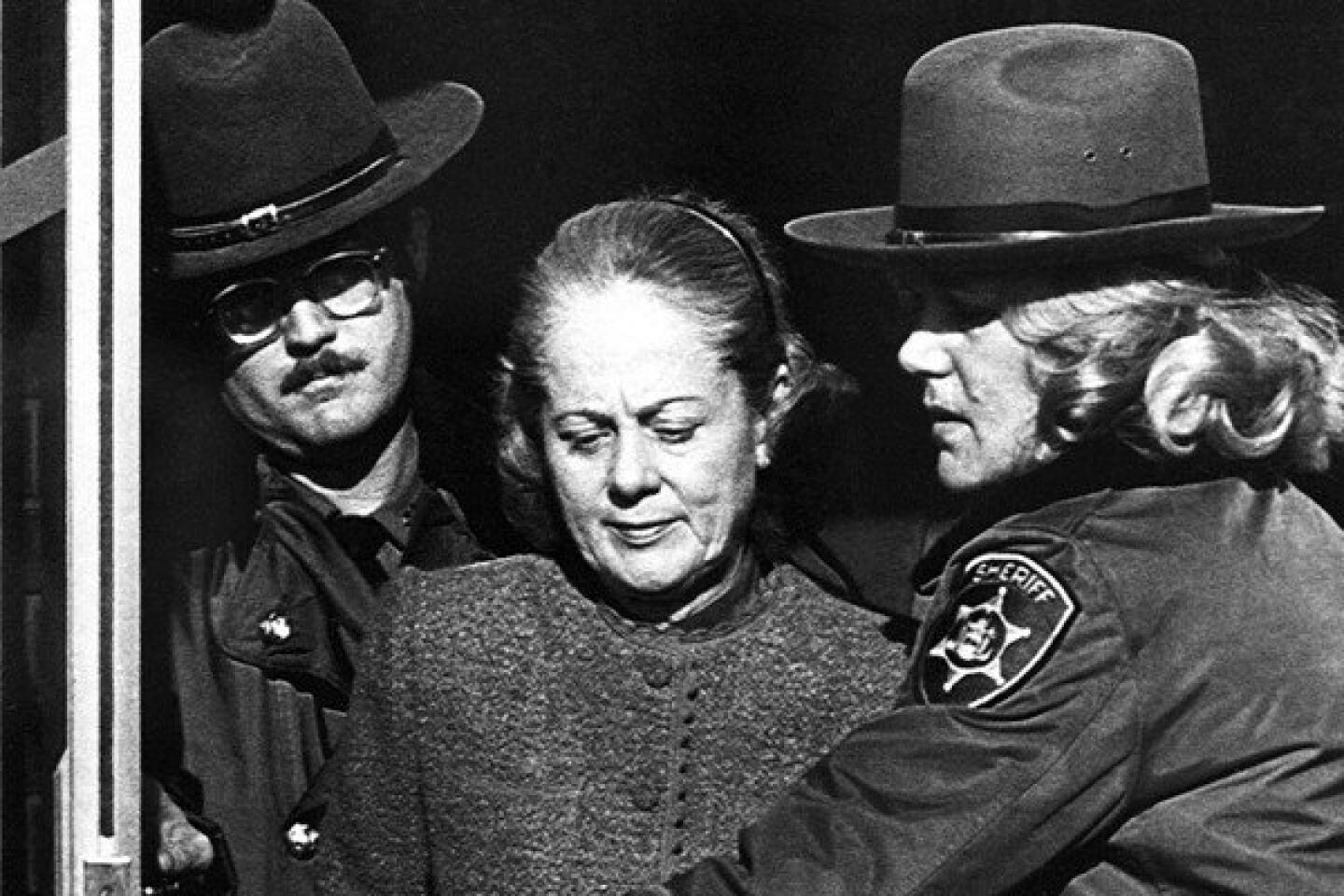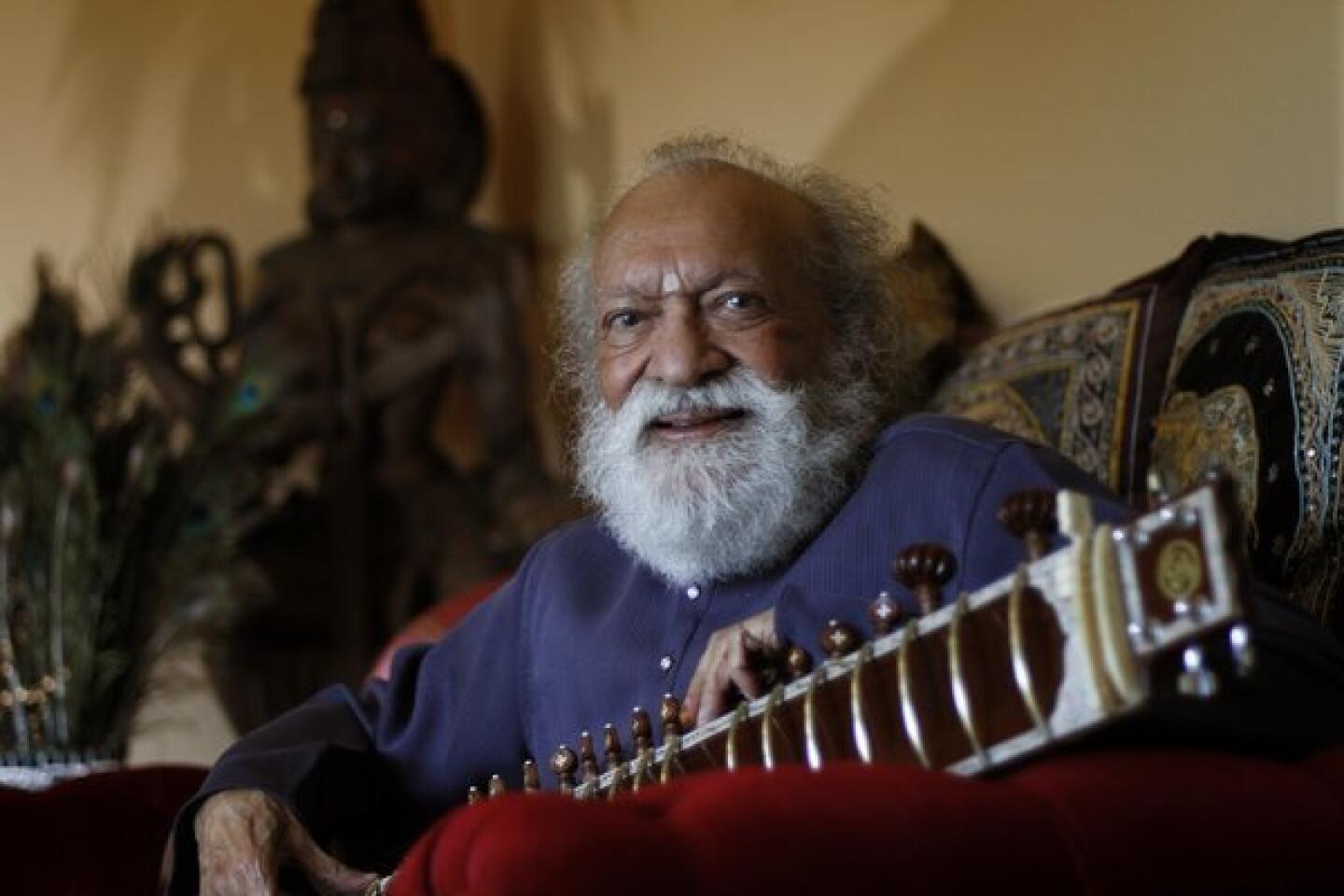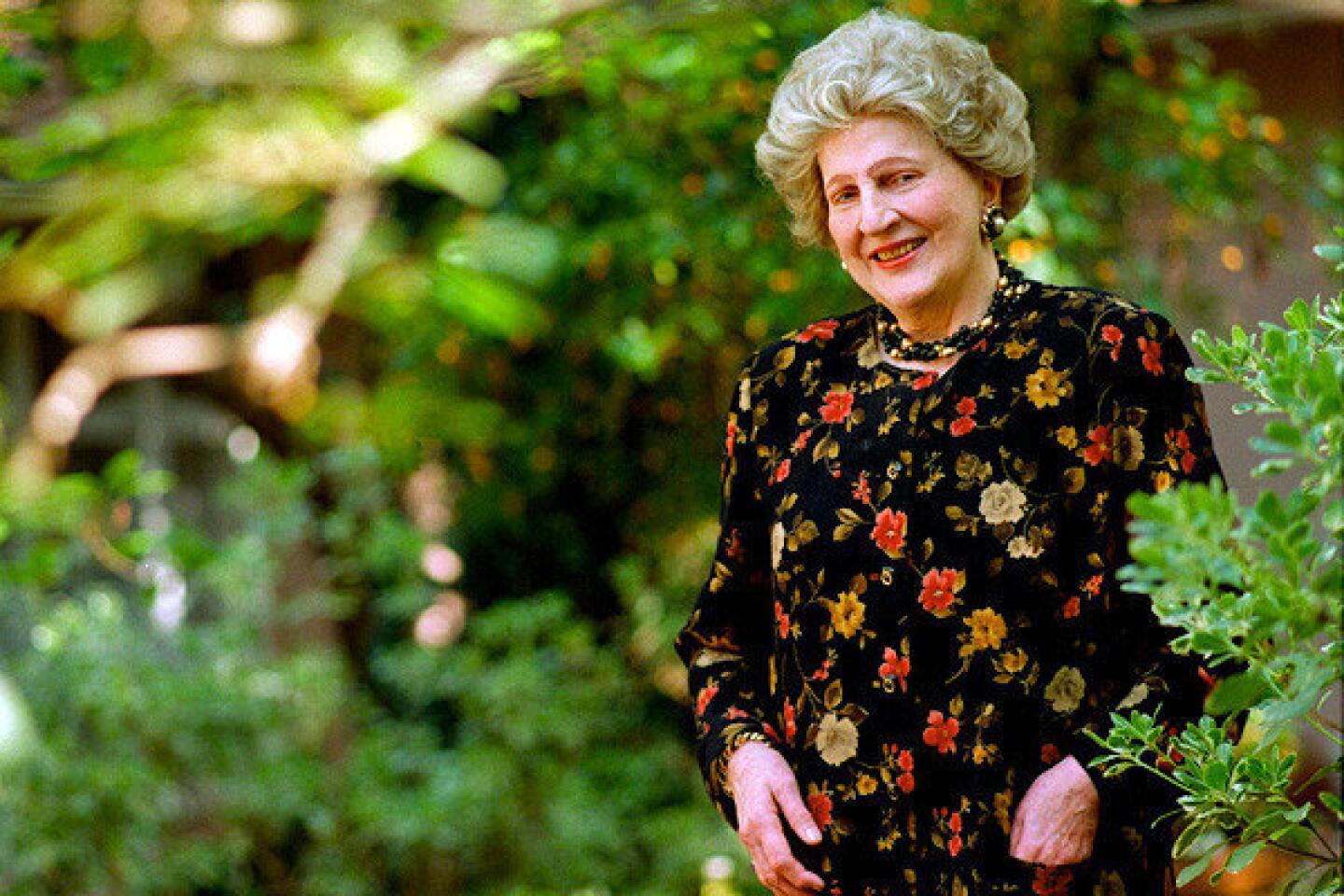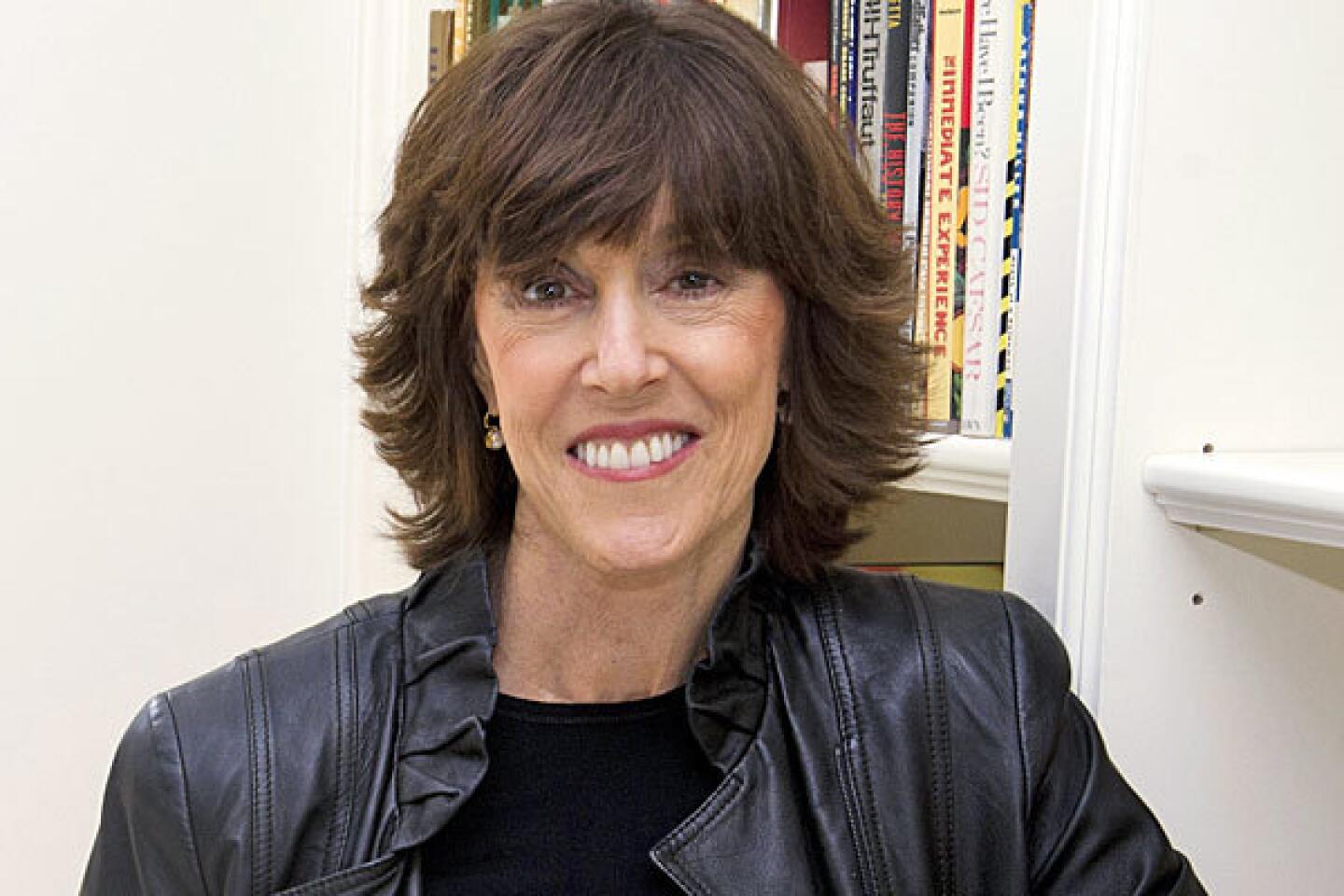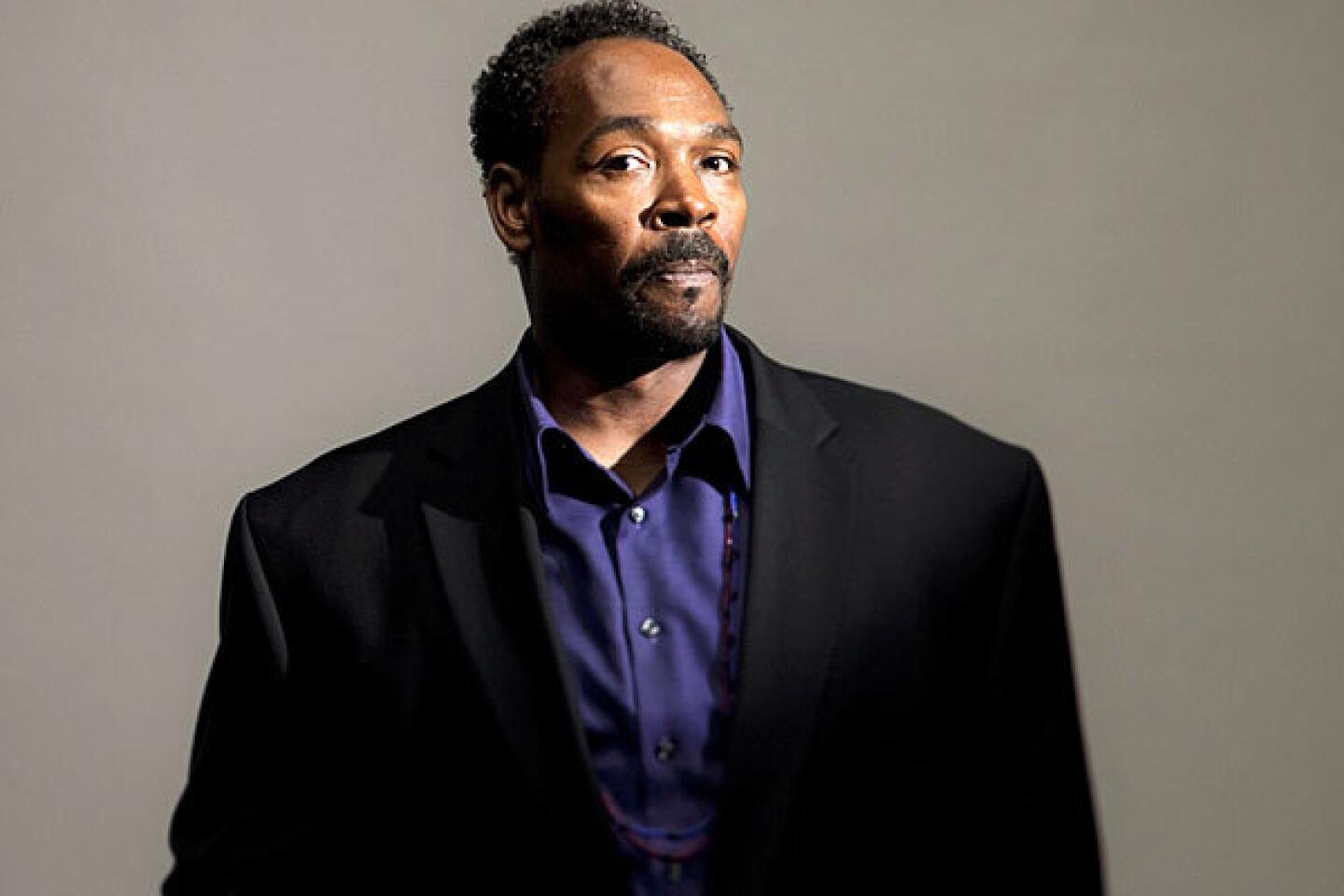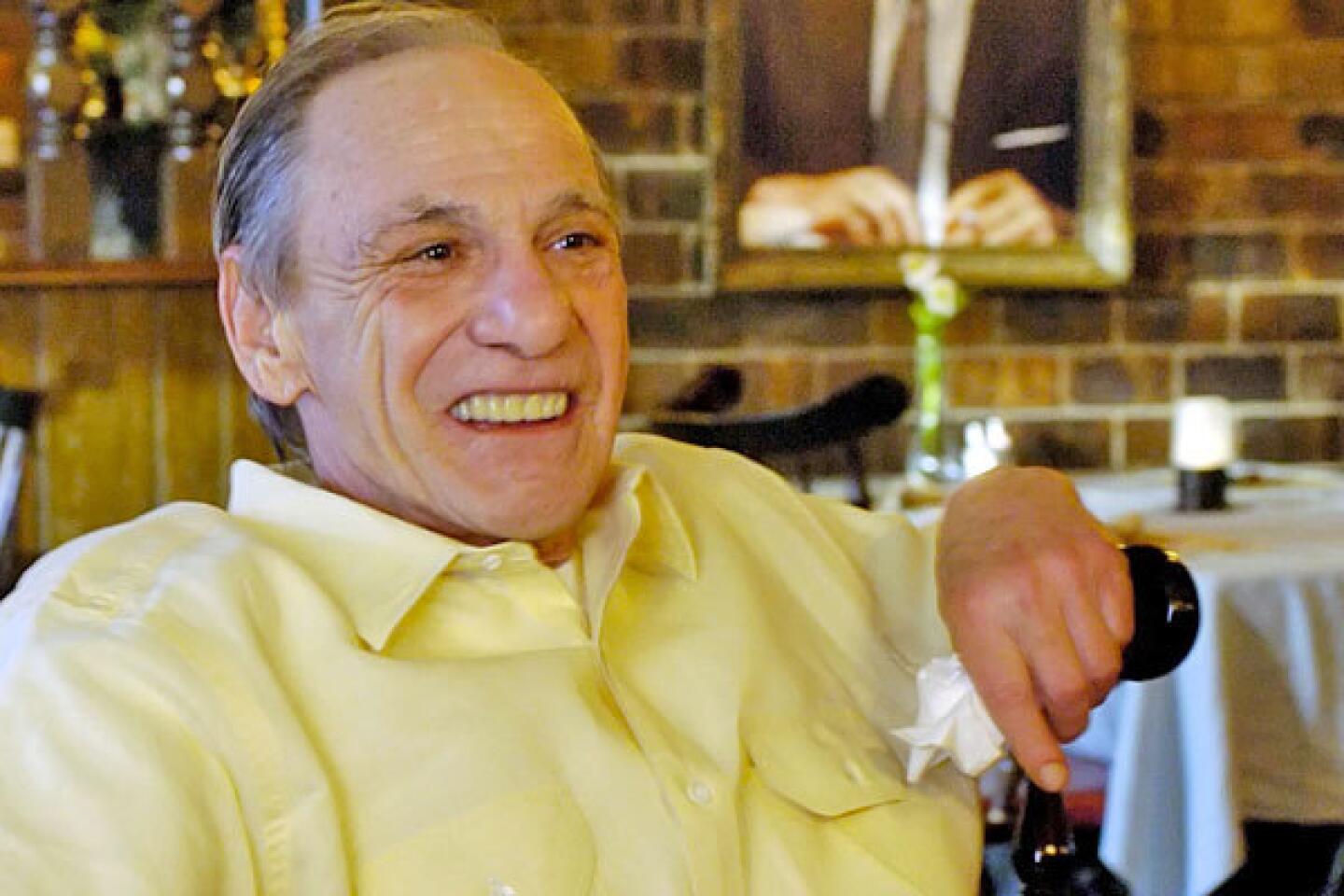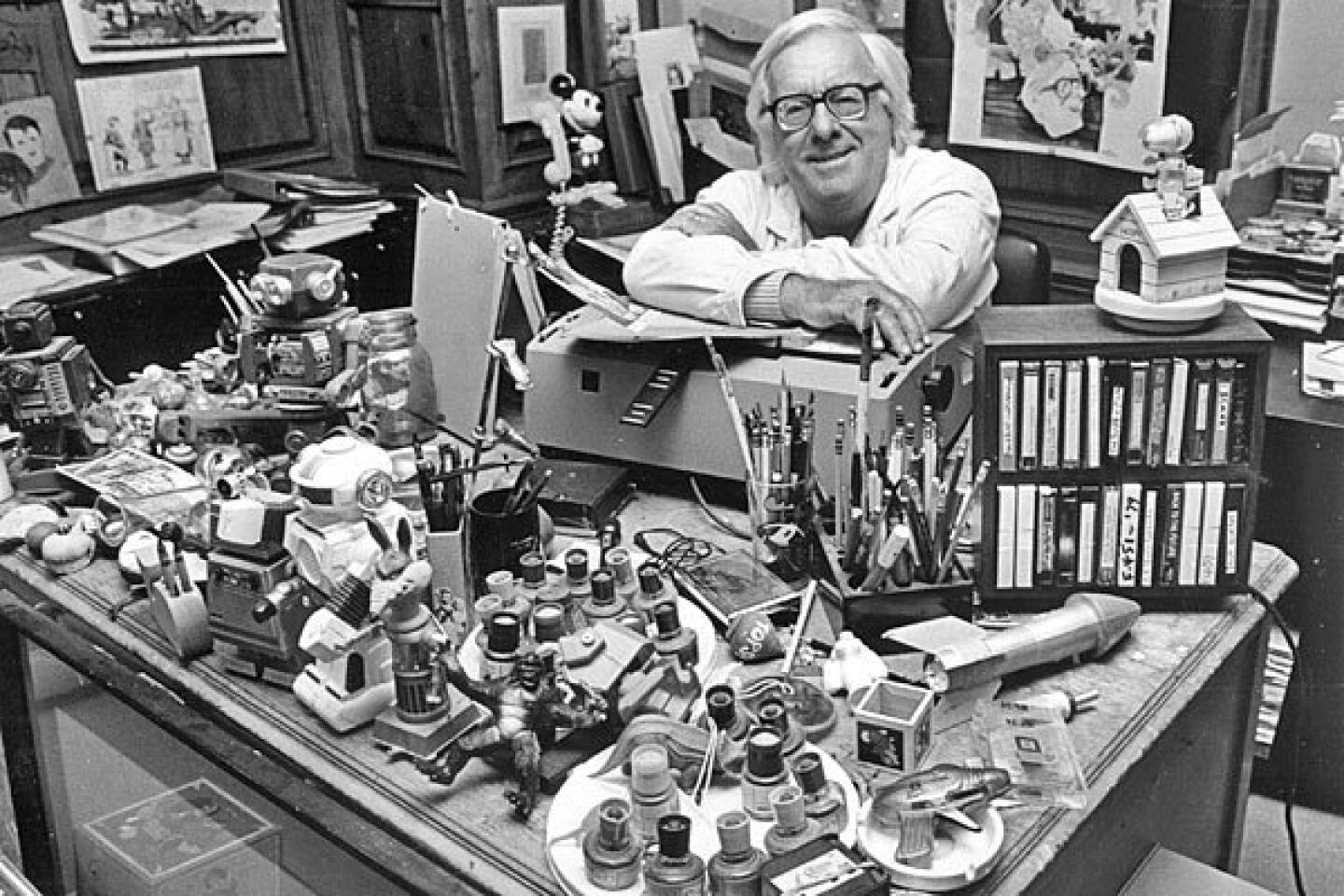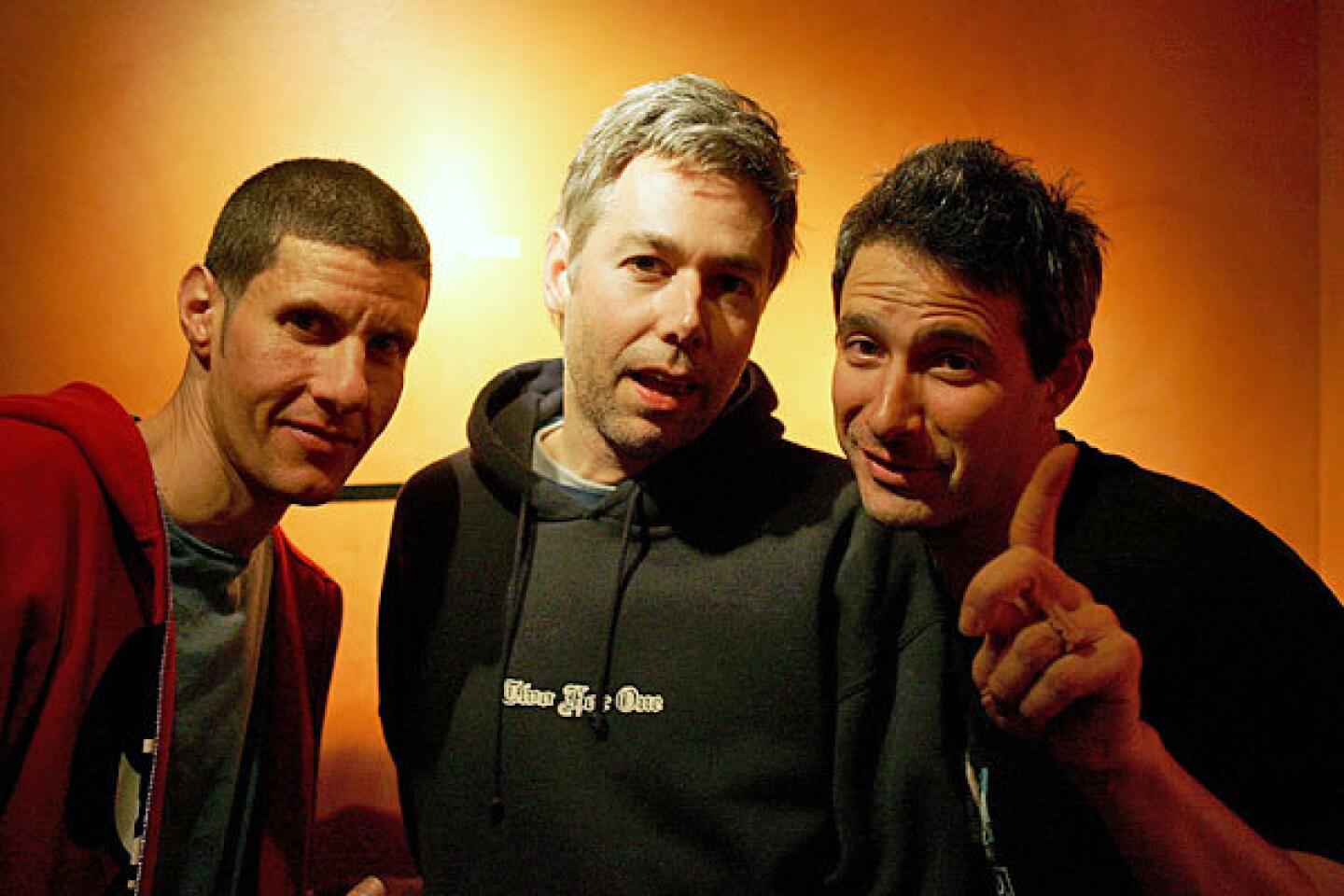Ada Louise Huxtable dies at 91; renowned architecture critic
Ada Louise Huxtable, the architecture critic who in two decades of writing for the New York Times became a powerful force in shaping New York City and was better known than many of the architects she was covering and certainly more feared, has died. She was 91.
Huxtable, who in 1970 won the first Pulitzer Prize awarded for criticism, died Monday at Memorial Sloan-Kettering Cancer Center in New York, said her lawyer, Robert N. Shapiro.
The Getty Center announced Monday that it had acquired her papers, along with those of her husband, industrial designer L. Garth Huxtable, who died in 1989. The deal – something of a surprise given the critic’s close association with New York and the East Coast -- was finalized in December; the archive will be held at the Getty Research Institute. Huxtable also donated the entirety of her estate to the Getty.
Wim de Wit, head of the department of architecture and contemporary art at the Getty Research Institute, said Huxtable’s papers were historically significant in part because “she spoke powerfully as a woman in this world of men, the architecture world of the 1960s and ‘70s.”
Huxtable was writing with her familiar fire and verve into her final years. As the architecture critic for the Wall Street Journal, a post she took up in 1997, she frequently blasted the political compromises shaping rebuilding at the World Trade Center site.
Early last month the Journal published her review of plans to restructure the main branch of the New York Public Library.
The library, in working with the British architect Norman Foster, “is about to undertake its own destruction,” Huxtable wrote. “This is a plan devised out of a profound ignorance of a willful disregard for not only the library’s original concept and design, but also the folly of altering its meaning and mission and compromising its historical and architectural integrity.”
Ada Louise Landman was born March 14, 1921, in New York City. Her father, Michael, was a doctor. After earning a degree in art and architectural history from Hunter College and marrying in 1942, she pursued graduate work at New York University’s Institute of Fine Arts before taking a job in the Museum of Modern Art’s architecture and design department.
A Fulbright fellowship took her to Italy in the early 1950s, and when she returned to New York she turned her research on the Italian architect and engineer Pier Luigi Nervi into her first book, published in 1960.
She was by then writing for a number of magazines and had begun work on what she imagined would be a six-part history of New York City architecture. While wrapping up the first volume she was recruited by the New York Times. Aline Louchheim had been writing about both architecture and art for the paper, but after she married architect Eero Saarinen, her editors decided it would be a conflict of interest to allow her to continue covering architecture.
“I went in all dressed up, with my clippings,” Huxtable told WNYC radio host Leonard Lopate in 2008. “And I remember saying, ‘All you’ve been doing is printing the developers’ P.R. releases in your real estate section. You have nobody covering this very important field.’”
Huxtable was not the first architecture critic at an American daily – Allan Temko joined the San Francisco Chronicle in 1961, and long before that Montgomery Schuyler was writing for the New York Tribune – but she quickly established herself as an authoritative voice and a champion for historic preservation. More than a few real-estate developers, she told the Christian Science Monitor, “would be glad to have my head on a platter.”
She reserved her most energetic scorn for those architects she saw as declawing or prettying up modern architecture. Edward Durell Stone came in for two of Huxtable’s most infamous zingers. After she called his museum on Columbus Circle “a die-cut Venetian palazzo on lollipops,” it became forever known as “the lollipop building.”
She was even more dismissive of Stone’s gilded Kennedy Center complex in Washington, D.C., describing it in 1971 as “a cross between a concrete candy box and a marble sarcophagus in which the art of architecture lies buried.”
But Huxtable will be remembered for more than barbed prose. From her earliest days at the New York Times, she displayed a talent for writing about both the aesthetics and politics of architecture, a subject she described as “this uneasy, difficult combination of structure and art.”
Today there is a seeming divide among architecture critics, with some sticking to the traditional duties of reviewing new buildings by prominent architects while others make a point of writing about everything but buildings: parks, urban planning or the fate of the planet. Huxtable showed that this gulf was easily crossed, writing at length at about a single architect’s body of work one week and about preservation, politics or zoning the next.
Before the 1960s were out she had earned a reputation, with Pauline Kael and a few others, as one of the most powerful critics in the country. In 1970 she won a Pulitzer Prize in the newly created category of criticism, and the first collection of her essays, “Will They Ever Finish Bruckner Boulevard?” was published the same year.
By that time the world of architecture was in wild flux. The modernist architects she had championed were losing influence, their work replaced by an emerging style – what would become post-modernism – that she found by turns refreshing and facile.
“I don’t know if critics are allowed to be ambivalent,” she wrote in the opening line to a 1971 piece on Robert Venturi and Denise Scott Brown, the husband-and-wife team who in their architecture and writing were helping topple modernist orthodoxy.
In 1973, she joined the New York Times’ editorial board and Paul Goldberger, just 23, was named the paper’s architecture critic. She continued to contribute Sunday essays on architecture, but after having enjoyed years of autonomy she often found it exhausting to bring fellow members of the editorial board around to her way of thinking.
After Huxtable was awarded a sizable MacArthur Fellowship prize in 1981, she jumped at the chance to leave the paper and write books and longer essays on architecture. She didn’t return to newspaper criticism until 1997, when she was hired by the Wall Street Journal.
She also joined the jury for the Pritzker Prize, the most prestigious award in architecture. Her final books were a short biography of Frank Lloyd Wright, published in 2004, and “On Architecture,” a collection of essays spanning her career that appeared in 2008.
In 2009, she figured in the TV drama “Mad Men.” In an episode set in 1963, an ad agency executive reads aloud from a piece of hers condemning plans to demolish Pennsylvania Station.
But it was a much earlier appearance in the media that best summed up her influence. In 1968, the New Yorker published a cartoon featuring two construction workers at a building site, with steel rising behind them. One, reading a newspaper, turns to the other and says, “Ada Louise Huxtable already doesn’t like it!”
She had no immediate survivors.
christopher.hawthorne@latimes.com
More to Read
Start your day right
Sign up for Essential California for the L.A. Times biggest news, features and recommendations in your inbox six days a week.
You may occasionally receive promotional content from the Los Angeles Times.
